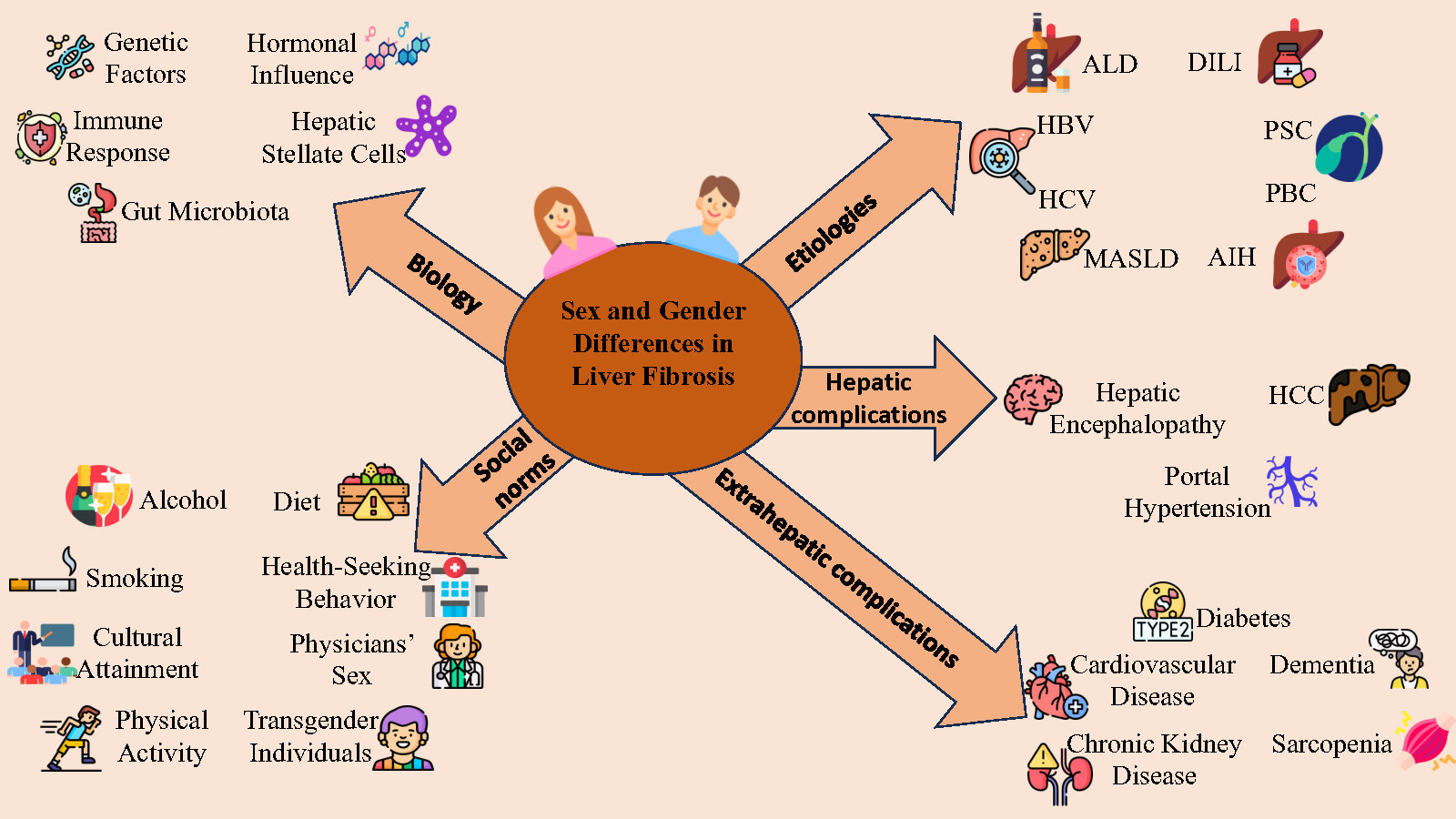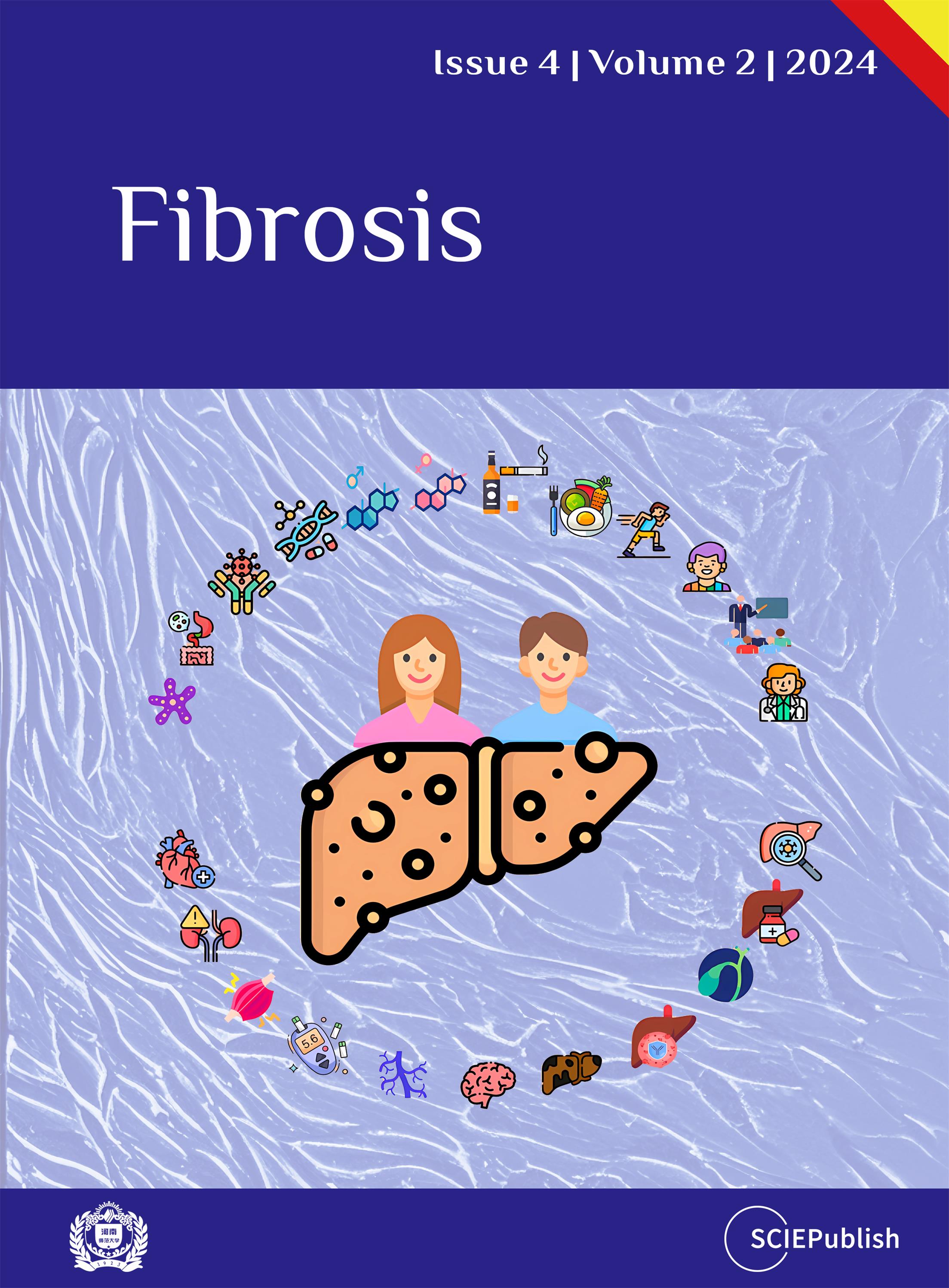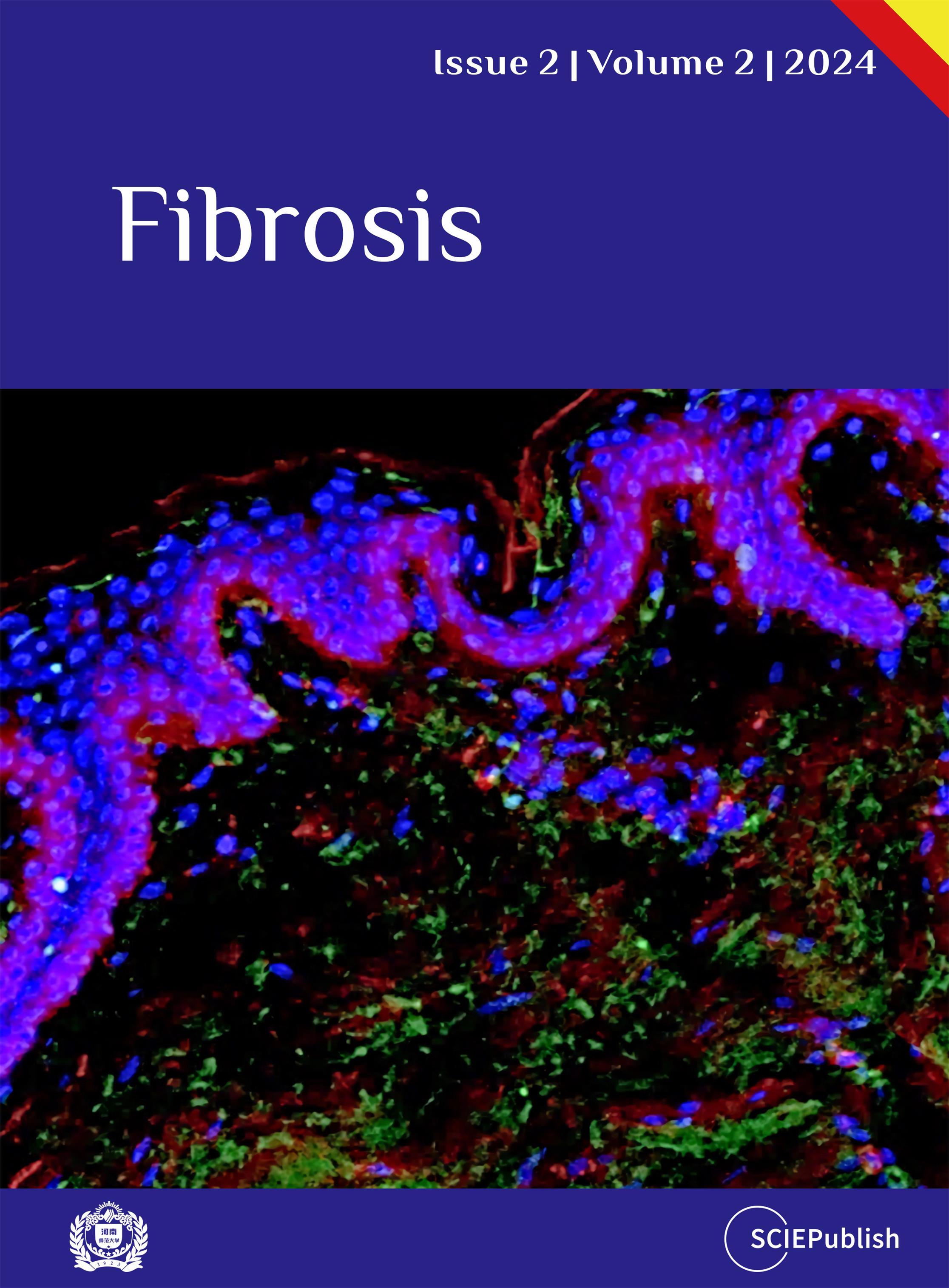Fibrosis
 Open Access
Open Access
ISSN: 2959-605X (Online)
2959-6041 (Print)
Fibrosis aims to provide a unique forum through which the Fibrosis community will learn about the latest, most significant Fibrosis-related advances across the life, physical, applied and social sciences, published quarterly online by SCIEPublish.






























